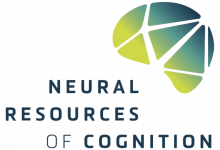Inducing short to medium neuroplastic effects with Transcranial Ultrasound Stimulation
Sound waves can be used to modify brain activity safely and transiently with unprecedented precision even deep in the brain – unlike traditional brain stimulation methods. In a series of studies in humans and non-human primates, I will show that Transcranial Ultrasound Stimulation (TUS) can have medium- to long-lasting plastic effects. Multiple read-outs allow us to conclude that TUS can perturb neuronal tissues up to 2h after intervention, including changes in local and distributed brain network configurations, behavioural changes, task-related neuronal changes and chemical changes in the sonicated focal volume. Using multiple neuroimaging techniques (resting state functional Magnetic Resonance Imaging [rsfMRI], Spectroscopy [MRS] and task-related fMRI changes), this talk will present evidence that TUS can modify neurochemistry and brain connectivity while inducing changes in behaviors, paving the way for clinical applications.
Elsa Fouragnan













